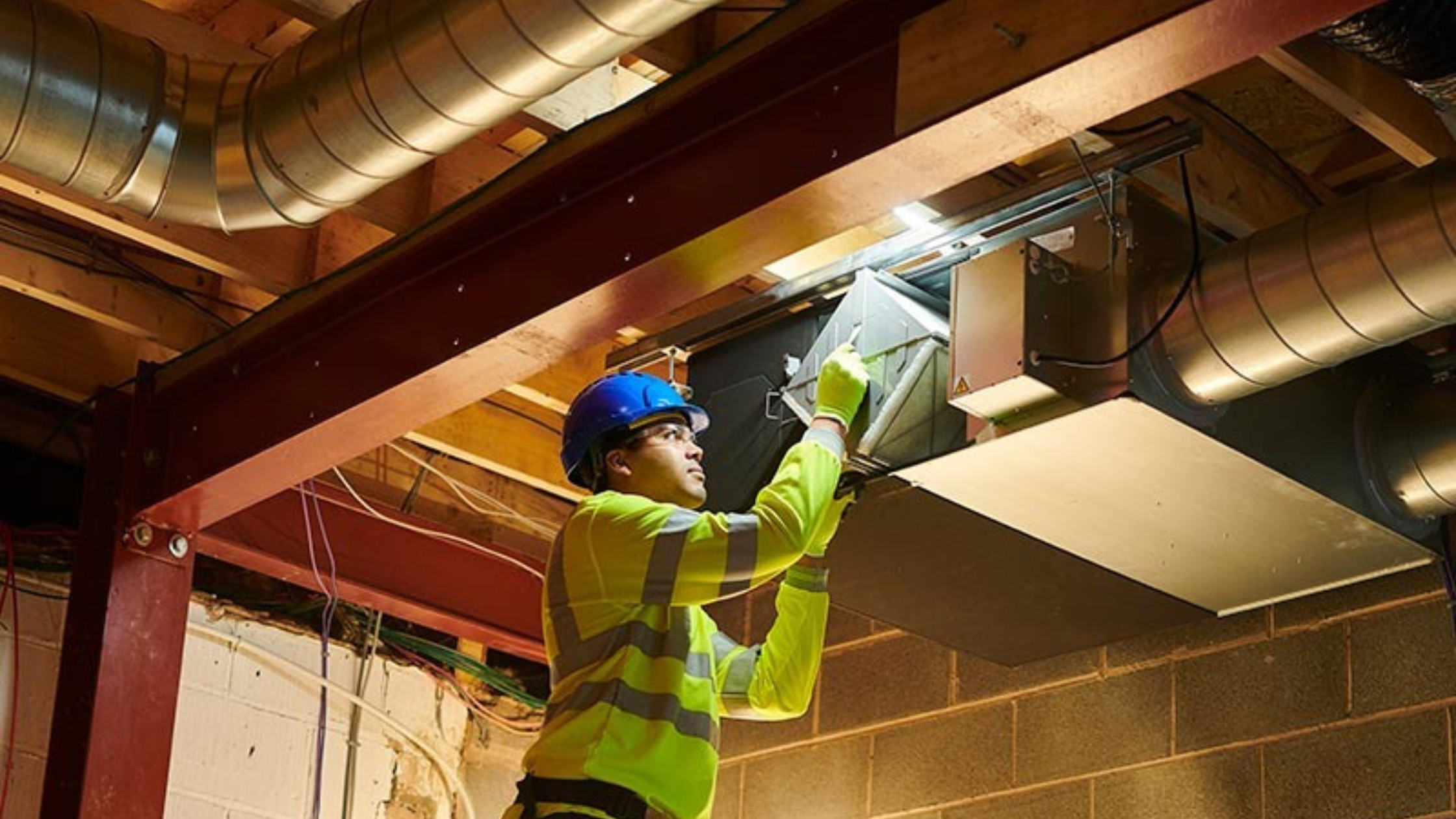How often should HVAC ducts be cleaned?

Cleaning HVAC ducts is essential for maintaining indoor air quality and system efficiency. As HVAC contractors and MEP consultants, understanding the recommended cleaning frequency and the factors that influence it can enhance your service offerings and improve client satisfaction.
Recommended Cleaning Frequency

The National Air Duct Cleaners Association (NADCA) generally recommends cleaning air ducts every three to five years. However, this frequency can vary based on several factors, including:
- Allergies or Asthma: For households with individuals suffering from allergies or asthma, cleaning should occur every two to three years to minimize dust and allergens that could exacerbate these conditions.
- Pet Ownership: Homes with pets require more frequent cleaning due to the accumulation of pet dander and hair. In such cases, a cleaning schedule of every two to three years is advisable.
- Post-Construction or Renovation: After any construction or renovation work, it is crucial to clean the ducts to remove dust and debris that may have settled during the process. This ensures the HVAC system operates efficiently and maintains air quality.
Signs Indicating the Need for Cleaning

While the general recommendations provide a guideline, certain signs may indicate that ducts need immediate attention:
- Visible Mold Growth: If mold is present inside the ducts or other HVAC components, cleaning is necessary to prevent health risks.
- Unusual Odors: Persistent odors from the HVAC system can signal the presence of contaminants that need to be addressed.
- Excessive Dust: A noticeable increase in dust around the home, particularly if it seems to originate from the vents, indicates that the ducts may be clogged.
Benefits of Regular Duct Cleaning

Regular duct cleaning offers several advantages:
- Improved Indoor Air Quality: Clean ducts help reduce the circulation of dust, allergens, and pollutants, creating a healthier living environment.
- Enhanced HVAC Efficiency: Clean ducts allow for better airflow, reducing the workload on HVAC systems and potentially lowering energy costs.
- Reduction of Allergens and Mold: Regular cleaning minimizes the buildup of allergens and mold, which can improve comfort for sensitive individuals.
Professional Duct Cleaning Process

For effective duct cleaning, professionals typically follow a systematic approach:
- Inspection: Technicians inspect the ductwork for signs of contamination and assess the overall condition.
- Cleaning Techniques: Utilizing specialized equipment, they employ negative air pressure to remove debris. This process often involves agitation tools to dislodge dirt before vacuuming it out.
- Restoration: After cleaning, any necessary repairs or sealing of ducts are performed to ensure optimal performance.
Conclusion
As HVAC professionals, it's vital to educate clients on the importance of duct cleaning and the factors that influence its frequency. By promoting a proactive approach to duct maintenance, you can help clients maintain a healthier indoor environment and improve the efficiency of their HVAC systems. Regular inspections and cleanings not only enhance air quality but also contribute to the longevity and performance of HVAC equipment.
For more details visit goodwindco.in/products
